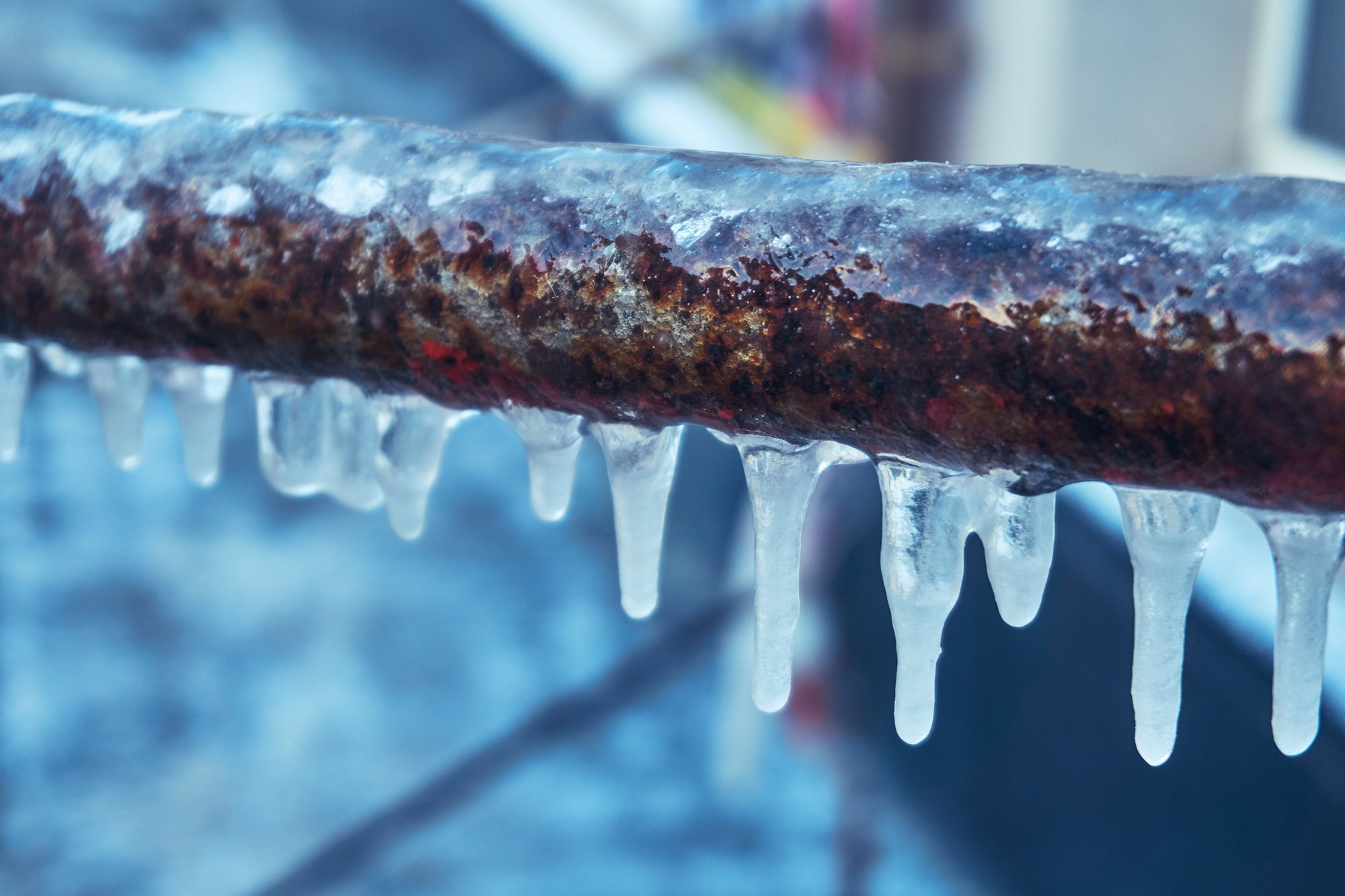Tips to Prevent Frozen Pipes in Cold Weather: Expert Advice
Tips to Prevent Frozen Pipes in Cold Weather: Expert Advice
Blog Article
What're your opinions on Prevent Frozen Pipes ?

Cold weather can damage your pipes, specifically by freezing pipelines. Here's just how to avoid it from occurring and what to do if it does.
Introduction
As temperature levels decline, the danger of icy pipes boosts, possibly leading to expensive repair services and water damages. Comprehending exactly how to avoid icy pipelines is important for house owners in cool environments.
Avoidance Tips
Protecting at risk pipelines
Cover pipelines in insulation sleeves or make use of warmth tape to protect them from freezing temperatures. Focus on pipes in unheated or outside areas of the home.
Home heating strategies
Maintain indoor rooms adequately warmed, specifically locations with pipes. Open up cupboard doors to allow warm air to flow around pipes under sinks.
Exactly how to identify frozen pipelines
Look for lowered water circulation from faucets, unusual smells or sounds from pipelines, and visible frost on subjected pipelines.
Long-Term Solutions
Structural changes
Think about rerouting pipes far from exterior walls or unheated areas. Include extra insulation to attic rooms, basements, and crawl spaces.
Updating insulation
Buy high-quality insulation for pipelines, attic rooms, and wall surfaces. Proper insulation assists keep regular temperature levels and decreases the risk of frozen pipes.
Securing Outside Plumbing
Yard pipes and outside faucets
Separate and drain pipes garden tubes before winter. Mount frost-proof faucets or cover outdoor faucets with shielded caps.
Recognizing Frozen Pipes
What triggers pipes to ice up?
Pipes ice up when exposed to temperature levels below 32 ° F (0 ° C) for expanded periods. As water inside the pipelines freezes, it broadens, putting pressure on the pipe wall surfaces and potentially triggering them to break.
Risks and problems
Icy pipelines can result in water supply interruptions, home damages, and expensive repair work. Ruptured pipes can flooding homes and trigger comprehensive architectural damage.
Indications of Frozen Pipeline
Recognizing frozen pipes early can stop them from breaking.
What to Do If Your Pipelines Freeze
Immediate activities to take
If you believe frozen pipes, keep taps open to soothe stress as the ice thaws. Make use of a hairdryer or towels taken in warm water to thaw pipes slowly.
Verdict
Protecting against frozen pipelines requires positive measures and quick feedbacks. By understanding the reasons, indicators, and preventive measures, house owners can protect their plumbing during winter.
6 Proven Ways to Prevent Frozen Pipes and Protect Your Home
Disconnect and Drain Garden Hoses
Before winter arrives, start by disconnecting your garden hoses and draining any remaining water. Close the shut-off valves that supply outdoor hose bibs and leave the outdoor faucet open to allow any residual water to drain. For extra protection, consider using faucet covers throughout the colder months. It’s also important to drain water from any sprinkler supply lines following the manufacturer’s directions.
Insulate Exposed Pipes
Insulating your pipes is an effective way to prevent freezing. Pipe insulation is readily available at home improvement stores and is relatively inexpensive. Pay close attention to pipes in unheated areas such as the attic, basement, crawl spaces, or garage. Apply foam insulation generously to create a buffer against the cold. You can also wrap your pipes in heat tape or thermostat-controlled heat cables for added warmth.
Seal Air Leaks
Inspect your home for any cracks or openings that could let in cold air. Seal any holes around the piping in interior or exterior walls, as well as the sill plates where your home rests on its foundation. Additionally, make sure to keep your garage door closed unless you’re entering or exiting. Leaving it open creates a significant air leak that can lead to frozen pipes.
Allow Warm Air Circulation
During cold snaps, it’s essential to allow warm air to circulate evenly throughout your home. Leave interior doors ajar to promote better airflow. Open kitchen and bathroom cabinets to help distribute heat consistently around the rooms. If you have small children or pets, be sure to remove any household chemicals or potentially harmful cleaners from open cabinets for safety.
Let Faucets Drip
A small trickle of water can make a big difference in preventing ice formation inside your pipes. When temperatures drop significantly, start a drip of water from all faucets served by exposed pipes. This continuous flow helps prevent the water from freezing. Additionally, running a few faucets slightly can relieve pressure inside the pipes, reducing the chances of a rupture if the water inside does freeze.
https://choateshvac.com/6-proven-ways-to-prevent-frozen-pipes-and-protect-your-home/

Do you appreciate reading about Preventing and dealing with frozen pipes? Create a remark below. We'd be glad to find out your views about this article. In hopes that you visit us again before long. Enjoyed reading our posting? Please share it. Let somebody else locate it. I truly appreciate your readership.
Visit My Site Report this page